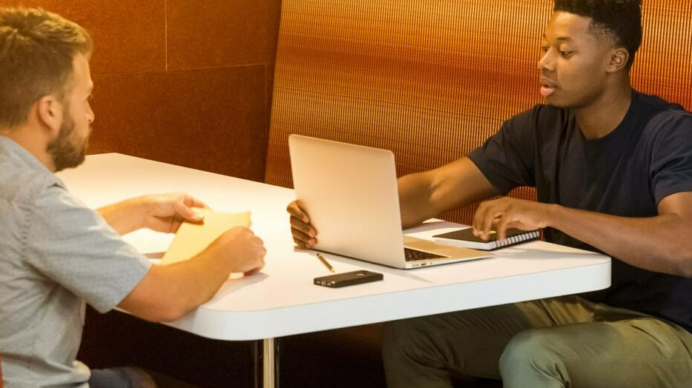What if your exhibition stand did more? Stopped people in their tracks, sparked conversations, and delivered real results? It all starts with knowing what you’re working with.
At Tecna, we often get asked “how much does an exhibition stand cost?”
Here’s what we’ve learned after working with brands at events across the UK and beyond. It’s not just about adding up materials or features. It’s about understanding what you should invest to reach your goals, make the most of your budget, and create impact where it matters.
Let’s break it down.
How Much Does an Exhibition Stand Cost?
Fully designed exhibition stands can cost anywhere between £1,700 to £20,000. What are the options?
A typical starting point is the shell scheme stand – a basic framework provided by the organiser. You’ll get walls, carpet, and lighting, usually in a square or rectangular layout. Prices start from around £1,700 for the structure hire, fascia board and carpet. In order to brand your space you will need furniture and custom graphics. A shell scheme kit is an affordable way to boost the impact of a shell scheme providing seamless graphics.
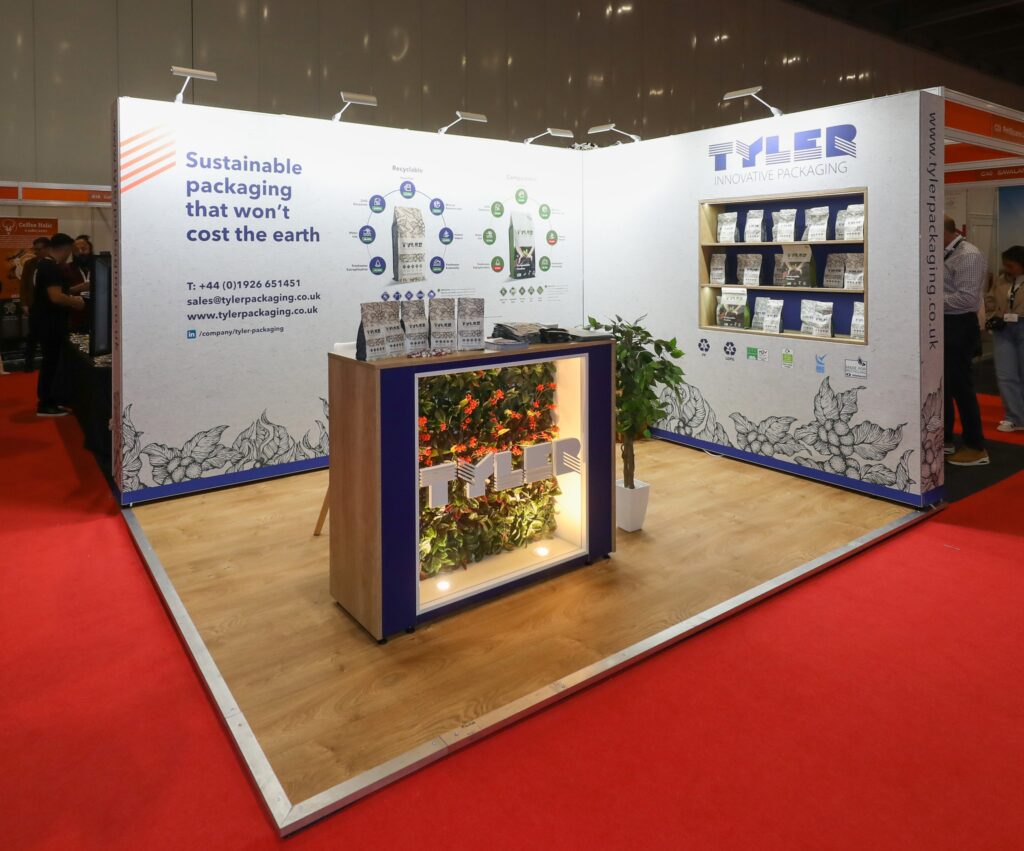
For more flexibility and creative control, modular stands are a step up. These use a reusable framework that fits together and can create whatever shapes and features you require. While shell schemes can include modular elements, space-only stands unlock the full potential of modular design. Costs range from £3,000 to £30,000+, depending on size, features, and finish.
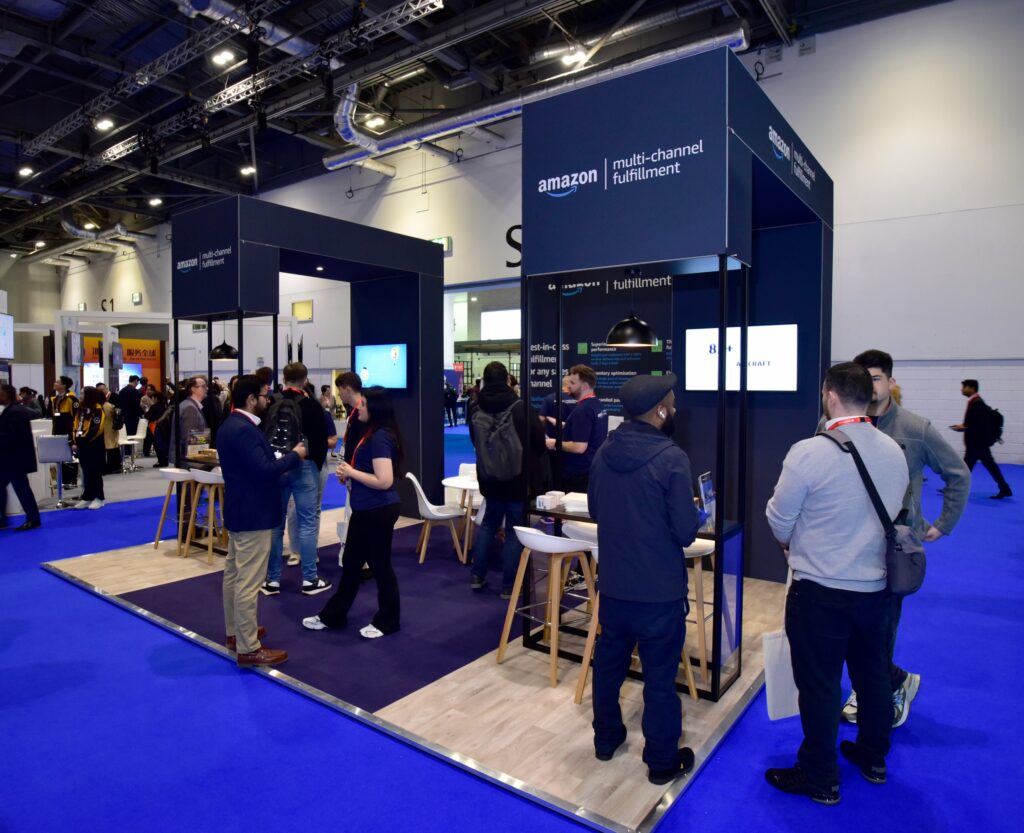
Custom built exhibition stands are another option, designed and built from scratch. Visually striking, but single-use – and the most expensive route. Modular stands offer the same customisation options, whilst being sustainable and more cost-effective.
These price ranges are quite extensive – so let’s go through exactly what influences them.
Factors That Influence Exhibition Stand Cost
Understanding what impacts your spend helps you prioritise where to invest – so your stand works harder, looks better, and delivers real results.
1. Size of the Stand
The size of your stand naturally affects the overall cost. More space means more materials, design time, and features – but it also gives you more room to make an impression.
Typical stand sizes range from 3m x 2m for smaller shows right up to 20m x 20m for larger events. You should factor in approximately 40-50% of your budget on the exhibition stand, 25% on the actual exhibition space itself and 25-30% on other costs including logistics, power, catering and travel and accommodation. On a small space, simpler options such as pop-up stands and banner stands can work. Whilst low in price, these options leave little room for creativity or engaging your audience. With a larger space, you are likely to need more professional help to maximise your investment.
How do you choose the right size for your stand? Think about your total budget for exhibiting and use the calculation above to estimate the budget you have available for renting the space, and then the budget you’ll need left over for design of the stand, as well as the other elements we’ve listed. Renting a large space can help you to make an impact, but it’s important to make sure you have enough left to create a stand that fills the space effectively. It’s also worth considering what your competitors are doing and also what you need to fit onto the stand.
2. Stand Features and Activations
The features you add can shape both the look and the cost of your stand. Lighting, AV equipment, branded counters, LED displays, and interactive elements all help bring your space to life. Furniture, tech add-ons, and meeting areas add functionality and polish.
Choosing the right extras is about finding the balance, adding what enhances the visitor experience without overstretching the budget.
3. Flooring Options and Costs
While venues sometimes provide basic flooring, you might want to explore something more creative to really set the tone. Think beyond the standard, like the sandy beach-inspired flooring we created for Tarquin’s Cornish Gin or the circular zones we designed for Care Control.
Going bespoke with flooring adds to the cost, but it’s a smart way to elevate your space, establish zones and create something visitors remember.
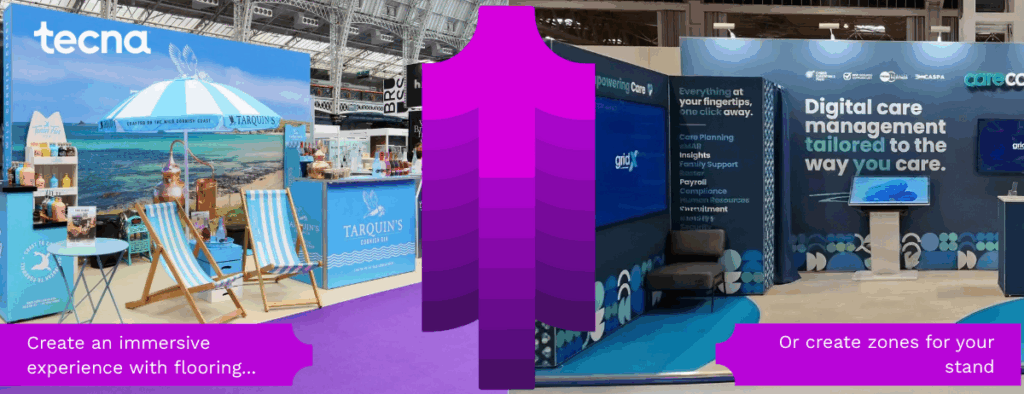
4. Graphics, Branding, and Print Costs
Your graphics are a big part of making the display stand work hard for you.
Your branding and stand graphics all play a role in drawing people in. High-quality visuals tend to cost more upfront, but they’re seamless, high impact in presenting your brand built to and can often be reused at future events. Think about bold colours, attracting attention across the venue and using lightboxes or LED walls to elevate.
Additional Costs to Consider
What other costs come into play when you’re exhibiting?
1. Venue Fees and Services
Every venue comes with its own list of service and extra costs. It’s worth keeping these in mind as you plan your budget.
You’ll need to think about power, especially if your stand has extra features. For example, a stand running multiple touchscreen demo stations or live product testing will need more power to keep everything running smoothly from morning until close.
Wi-Fi is another consideration. If your team is relying on a solid connection, maybe for live streaming, interactive apps, or digital lead capture tools, it’s often worth paying for the venue’s dedicated service.
2. Catering and Giveaways
Think about what you are going to be doing on the stand and what you might want visitors to leave with. Providing drinks or catering are a good way to encourage visitors to stop and relax while talking to you but think about additional charges for coffee machines and fridges. Or go for a stand out activity on your stand space such chocolate making or ice-cream which adds an experiential element to your exhibition stand experience.
3. Staffing, Travel, and Accommodation
It’s not just about the stand, it’s about the people on it. Think about travel, hotels, and daily food & beverage costs for your team, especially for multi-day shows.
Bringing the right people is what makes the stand work. Factor it in, so you’re ready to show up strong.
4. Pre-Show and On-Site Marketing
Marketing before and during the show keeps the momentum going. You’ll want budget for promotional materials like brochures and pre-show advertising. Think about lead generation tools, scanners and strategies too – competitions, QR codes, branded giveaways. These create opportunities long after the show closes.
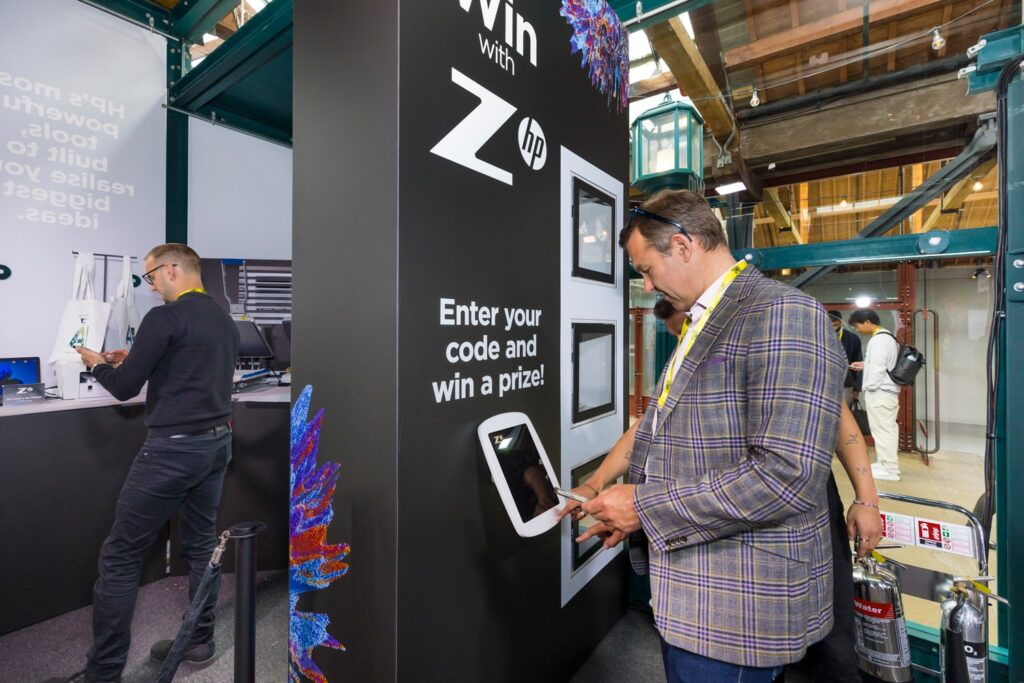
Typical Exhibition Stand Budget Breakdown
When planning your exhibition budget, it helps to think about where your investment will have the most impact.
A good approach is to allocate around half of your budget to the stand itself – covering the design, build, graphics, and installation. This is the part that draws attention, showcases your brand, and creates the experience visitors will remember.
Your floor space rental should be the next largest cost. Prices vary depending on the show and location, but it’s important to secure a space that supports your goals and gives your stand room to work.
The remaining budget can be spread across other essential elements mentioned above – electrics, furniture, and AV equipment, pre-show marketing, travel costs, etc.
How to Save Money on Your Exhibition Stand Without Compromising Quality
Smart choices stretch your budget further without holding back your impact.
Modular stands are one of the most effective ways to save. Panels, graphics, and layouts can be reconfigured to suit different stand sizes, shapes, and venues – meaning you don’t need to invest in a brand-new build every time.
They also offer the flexibility to rent sustainably, saving you the cost of buying while reducing waste.
The benefits of using a stand designer and builder
There’s a lot that goes into bringing your stand to life and that’s where project management and exhibition stand design services come in. From the first sketches to the final build, having a team manage the process keeps everything on track and saves you the hassle.
Stand builders can provide everything from design and build to delivery, installation, dismantling and storage after the event, as well as additional services like providing furniture or marketing materials.
Project management is common for rented stands, but if you’re buying your stand, you can still book these services. It takes the pressure off your team and means your stand’s always set up, show-ready, and good to go.
Make Your Next Exhibition Stand Count
Got an event coming up? Work with Tecna and let’s build something bold.
Fiercely creative ideas. No limits. No off-the-shelf thinking.
We’re here to guide you every step of the way. Whether you want full project management or to stay hands-on, we’ll shape the process around you. Your exhibition stand will deliver – on your goals, your vision, and your ambition.
Ready to make an impact?
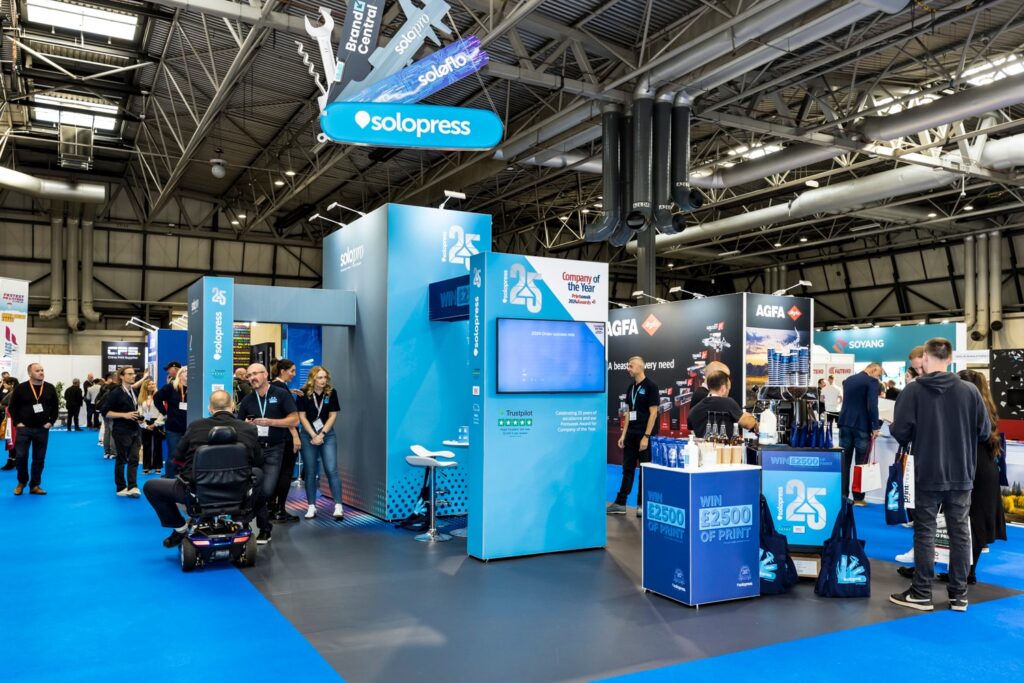
Frequently Asked Questions
The questions everyone’s asking – answered.
-
How profitable are trade shows?
Trade shows can be highly profitable when approached with the right strategy. They give you a rare opportunity to put your brand face-to-face with a targeted audience, generate leads, and build lasting relationships.
And it works. According to research by FaceTime, a training organisation funded by the Association of Event Organisers, live shows are twice as powerful as TV ads, three times more effective than print media, and four times more effective than radio.
It’s not just about the sales made on the day. The real value often comes after – from the leads you follow up, the deals closed, and the brand exposure that keeps working long after the show ends.
-
Is it more cost-effective to rent or buy an exhibition stand?
It’s more cost-effective to rent a stand if you don’t exhibit often, or if you’re testing the waters. Rented stands can still be fully custom, designed to turn heads without the long-term commitment.



